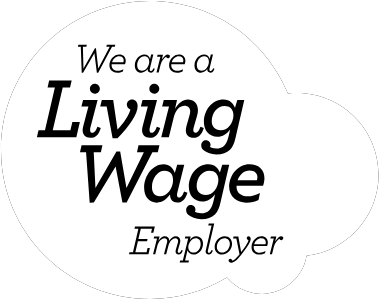As a purpose-driven PR agency working in climate change communications for close to two decades, we have learnt a thing or two about climate comms that work. Over that time, climate stories and solutions have moved to the forefront: dominating global headlines, preoccupying boardrooms, and concerning local communities.
The climate storytelling space is a noisy one. Climate activists are shouting, climate deniers are refuting, scientists are bamboozling, and in amongst that, brands are trying to carve out a narrative, while trying to dodge greenwashing accusations. We’ve whittled down our six tips for climate comms that work, to help those creating climate solutions to stand out and affect real change:
- Keep it positive and solutions-focused
Relentless doom and gloom, from wildfires to floods, can lead people to switch off. To break the Doomscroll (more on that here), focus on the solution and opportunities. Doing so invokes hope. It helps audiences, whether the public, CEOs, or policymakers, see that fighting climate change is possible and inspires them to be part of it.
Take this example in Bloomberg Green in which startup Hertha Metals, boldly puts itself forward as a cheaper and greener solution so the energy-intensive production of steel. In doing so, it invites curiosity and sparks hope.
- Localise, and hyperlocalise
Climate change is a BIG concept to wrap your head around. For messages to resonate, they need to be brought closer to home. We have long since moved away from the image of a lonely polar bear on the iceberg. Why? Because it was too “over there” and didn’t relate to most people’s daily lives.
Instead, think about what impact your product or story has on one individual or one community. For example, instead of talking about sea-level rise, show how it threatens this town’s high street, that school’s playground, or your insurance costs.
- Spotlight collective action
Countless studies have shown that human behaviour is frequently dictated by ‘FOMO’- or the Fear of Missing Out. Campaigns that spotlight collective action, such a neighbour installing solar panels, companies going net zero, or schools changing menus, help establish behaviours as mainstream and commonplace. Take the ‘net-zero pledge’ era of 2019 to 2022 when every company (and its wife) announced their pledge to reach net zero by 2030 or 2050. Each was spurred on by the fear of being the last or the only one not making a pledge (mixed, I’m sure, with good intentions).
- Simple call to action
The most successful behaviour-change campaigns are easy to follow. Remember the global ban on CFCs? A global movement boiled down to a simple message: stop using spray cans. The key is to make the action specific, achievable, and connected to a bigger impact.
- Don’t bamboozle with science and cut the jargon
Science is an important part of most climate solutions, but the average John and Jane Doe don’t need to know the intricate details. They just need reassurance that you do. Similarly, unfamiliar acronyms or industry jargon cause people to put the story in the “too complicated” box and disengage.
Translate technical language into human terms, use analogies to break down complicated information, and don’t assume any knowledge of your subject matter or sector. Case in point is STX Group’s CEO, Marijn van Diessen, who uses a clear, relatable analogy to explain how the environmental commodities industry works.
- Tell the story from the ground up
The best climate stories start small and scale up. Take the carbon capture method, Enhanced Rock Weathering (ERW). The major players in this sector have figured out to tell the compelling story of ERW, you need to start with the farmer whose yields improve by 20%, after spreading crushed basalt on his fields, and the knock on effect in improving his income, and his livelihood. They can then zoom out to look at the impact on the larger farming industry, the biodiversity impact, then the climate impact and the science.
This is a storytelling arc that brings in the person, the collective, then the systemic. It is emotional, while backed up by science. It was compelling enough to see Enhanced Rock Weathering featured on Countryfile, one of the primetime nature shows. That’s the power of good storytelling.






